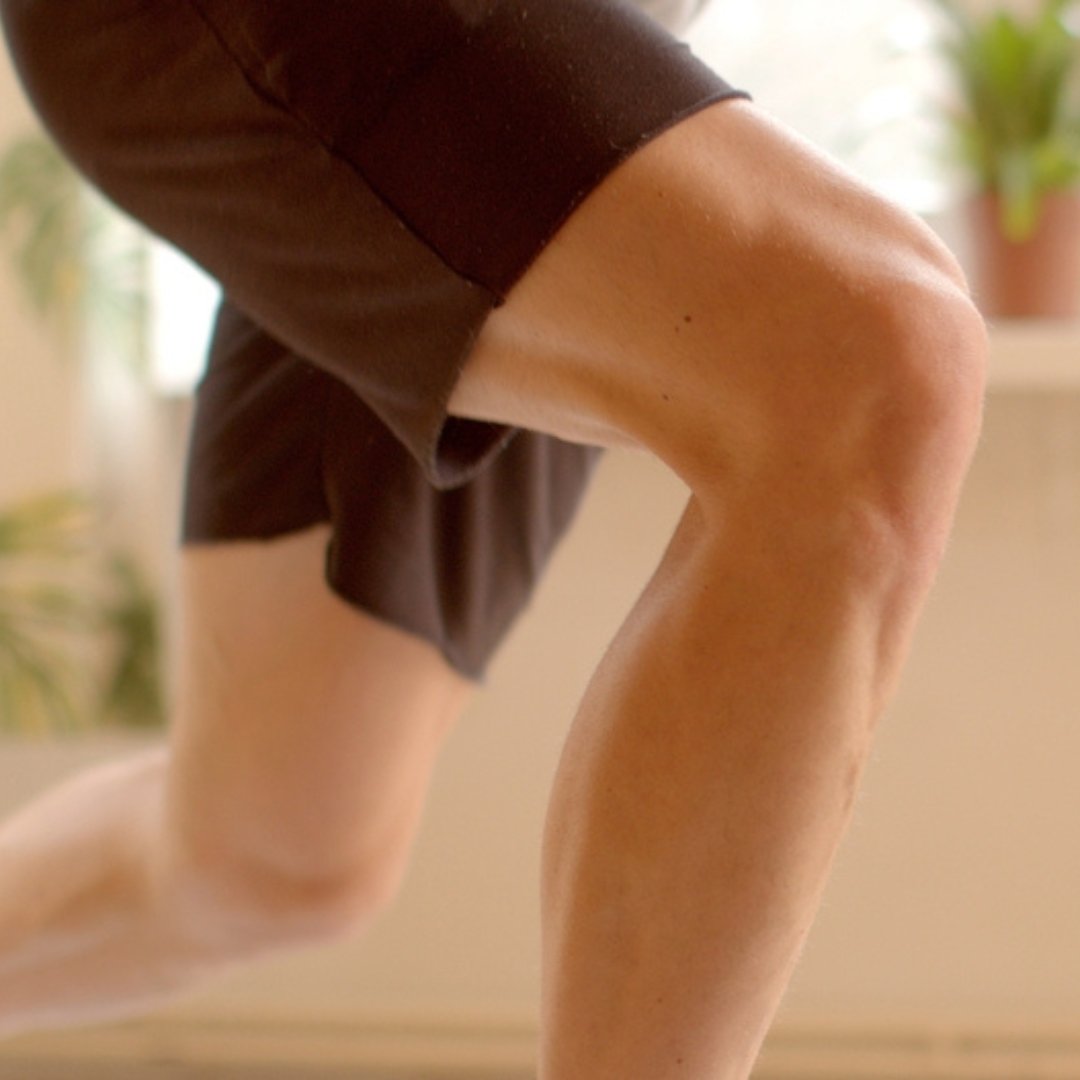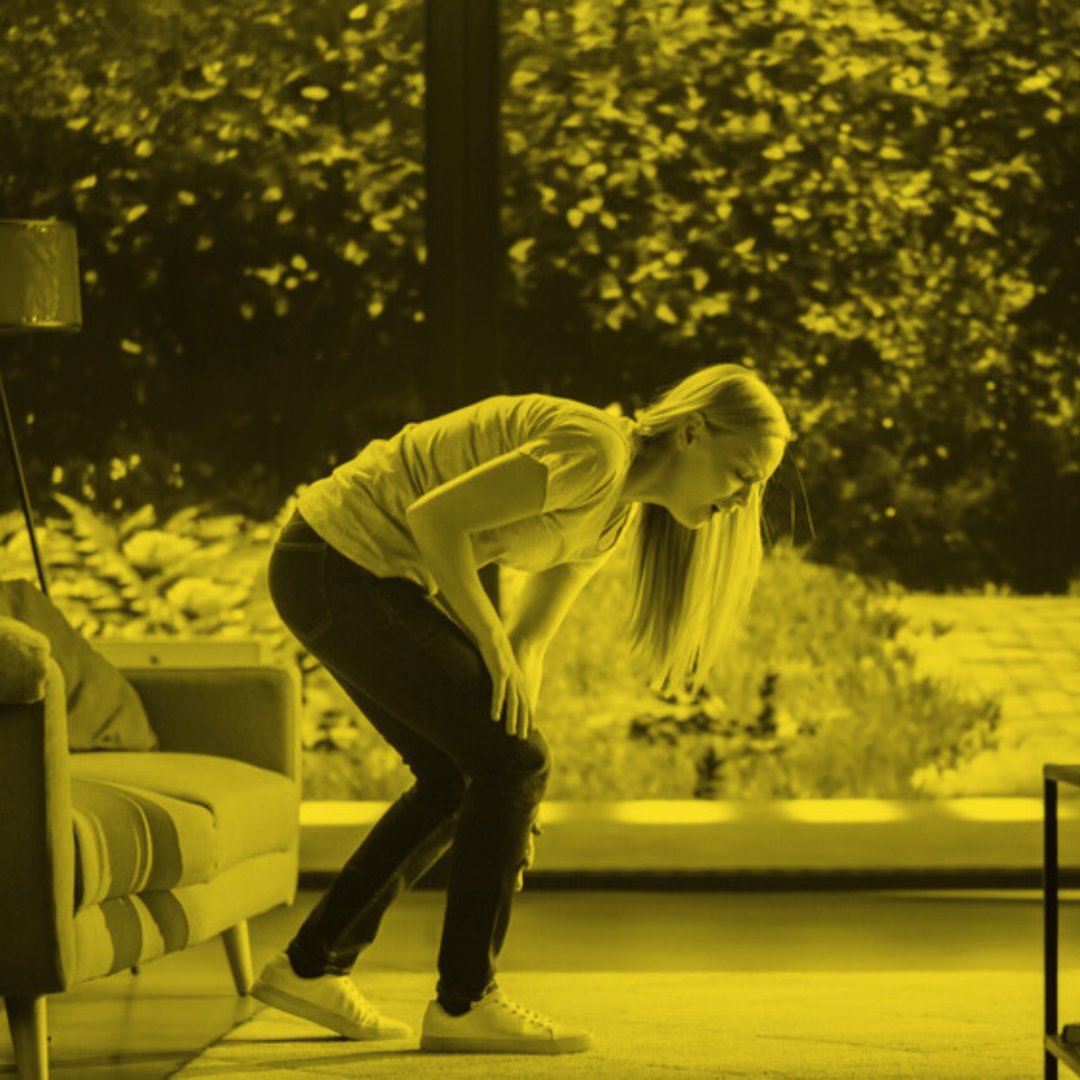
How Soon Should You Go Back to Driving After Knee Replacement Surgery?
Driving after knee replacement surgery? Learn when it’s safe to return to the road and how to manage stiffness, pedal control, and long-drive comfort.
Your knees are the quiet heroes of your everyday life. They carry you upstairs, out of chairs, through long walks, and even longer grocery lines. But when something goes wrong, you realize just how much you depend on them. If you’ve been sidelined by pain or stiffness, it’s time to take a closer look at your knee health and how to get back to doing the things you love.
As a therapist who’s helped many people through knee surgery recovery, I’ve seen the full spectrum of injuries and outcomes. Let’s walk through how the knee works, common ways it gets hurt, and what treatments can help you get your mobility (and your life) back.
The knee is one of the largest and most complex joints in your body. It connects your thigh bone (femur) to your shin bone (tibia), with help from the fibula and patella (kneecap). But bones are only part of the story.
What keeps your knees strong and steady?
When even one part of this system breaks down, it can throw off your entire movement pattern. That’s why protecting and improving your knee health is essential—whether you’re healing from an injury or trying to prevent one.
Now that you’ve got a good grasp of what makes up the knee and why knee health matters, let’s get into the injuries that most often put people on the sidelines. From ligament tears to fractures, these are the most common issues that can knock your knees out of commission—and what you can do to bounce back.

The anterior cruciate ligament (ACL) is one of the most commonly injured parts of the knee, especially in active adults. Quick pivots, sudden stops, or landing awkwardly from a jump can all tear the ACL.
Start with the RICE method (Rest, Ice, Compression, Elevation), then move into physical therapy. Surgery may be necessary for complete tears or instability.
The posterior cruciate ligament (PCL) doesn’t get injured as often as the ACL, but when it does, it affects your knee health just as much. It’s caused by direct blows to the front of the knee, like during a fall or car accident.
Mild injuries may heal with bracing and physical therapy. Severe injuries sometimes require surgery.
The medial and lateral collateral ligaments keep your knee from bending side to side in ways it shouldn’t. It’s caused by lateral blows or twisting forces, and are common in football, skiing, or awkward landings.
Bracing and rest are usually enough. Physical therapy strengthens the surrounding muscles. Surgery is less common but may be needed for full tears.
Your meniscus is like a spongey shock absorber in the knee joint. Once it tears, your knee health can decline quickly without treatment. Meniscal tears are usually caused by sudden twisting or pivoting while bearing weight—think getting up from a squat or turning sharply.
Minor tears may heal with rest and exercise. Persistent symptoms may need arthroscopic surgery.
The patellar tendon connects the kneecap to the shin. When inflamed, it’s called jumper’s knee—a common issue in runners, dancers, and athletes. It’s caused by repetitive jumping, running, or lifting, which strains the tendon over time.
RICE is the go-to early on. Stretching, strengthening, and modifying your activity can help. In severe cases, tendon repair surgery may be needed.
Knee fractures are less common but extremely disruptive to knee health. High-impact trauma, such as falls or sports injuries, can cause knee fractures.
Fractures often require surgery followed by a long rehabilitation process.

You don’t have to be an expert to know when something’s not right. Watch out for these red flags:
If these symptoms sound familiar, don’t wait it out. Early intervention makes a huge difference in long-term knee health and function.
Whether you’re healing from an injury or trying to stay ahead of one, these simple habits can go a long way:
Rehab programs that include guided exercises and joint mobilization techniques can play a major role in improving knee health—these programs help make it easier to stay consistent at home. Remember, being kind to your knees doesn’t mean giving up movement—it means moving smarter.
If your knees are hurting, it’s not just about getting rid of the pain—it’s about getting your life back. Staying informed, taking action, and seeking support when needed are the most powerful things you can do for your long-term knee health.
The journey might feel long, but you don’t have to walk it alone. And trust me, it’s worth it when you start moving freely again—whether that means hiking up your favorite trail, dancing at your kid’s wedding, playing pickleball with friends or just getting out of the car without wincing.
Good luck on your knee journey!
Good knees start here. Don’t miss a step—subscribe to KneeMail for free tips from knee expert Shehla Rooney, PT!

Driving after knee replacement surgery? Learn when it’s safe to return to the road and how to manage stiffness, pedal control, and long-drive comfort.

Protect your knee health with lifestyle tips, exercises, and therapies that help prevent degeneration and support long-term joint comfort.

Sex after knee replacement surgery is safe with the right timing, tips, and support. Learn how to return to intimacy with confidence.

Learn how neuromuscular training improves knee stability, balance, and proprioception to support joint health and prevent injuries.

Learn why knee stiffness isn’t only caused by aging and discover strategies to ease pain, improve mobility, and support long-term knee health.